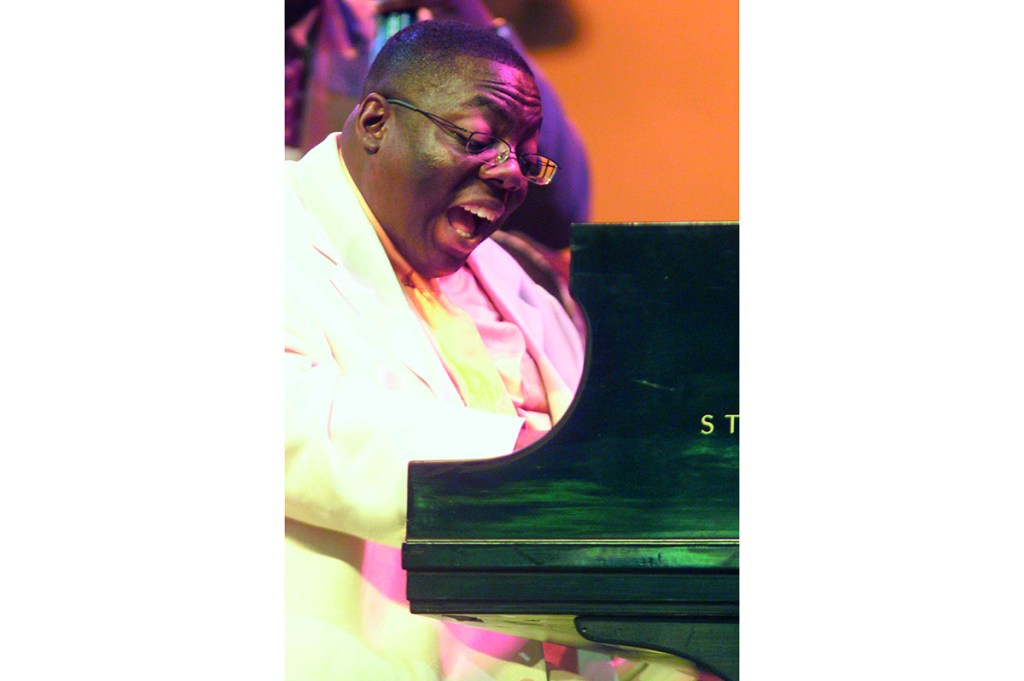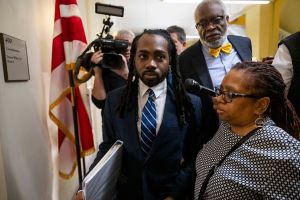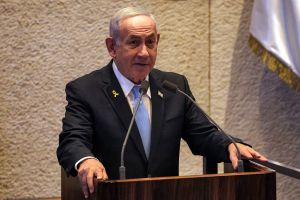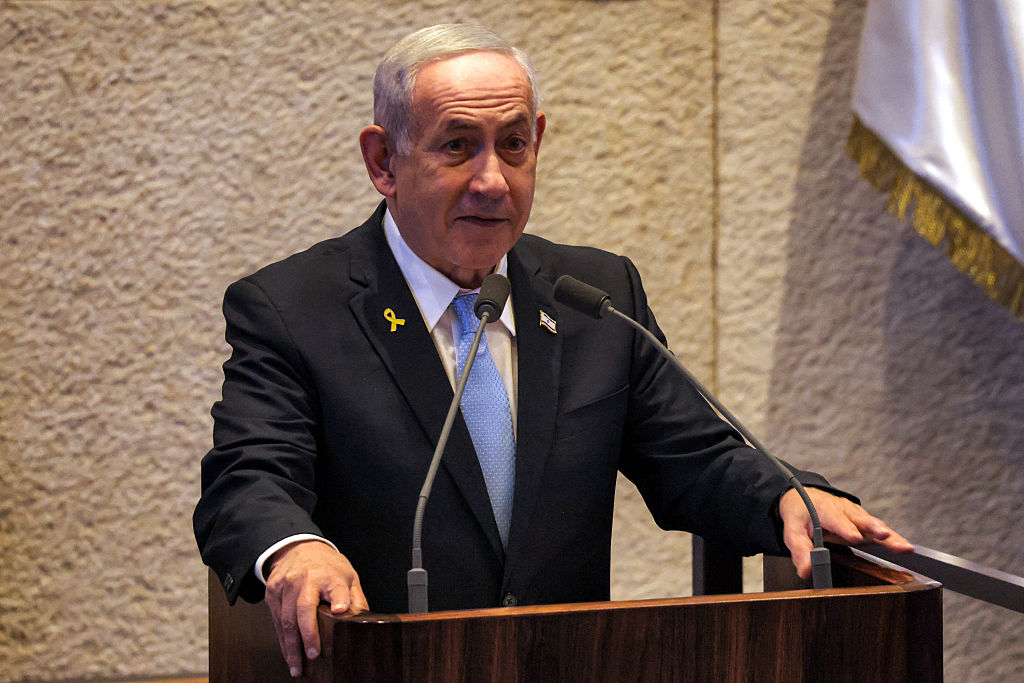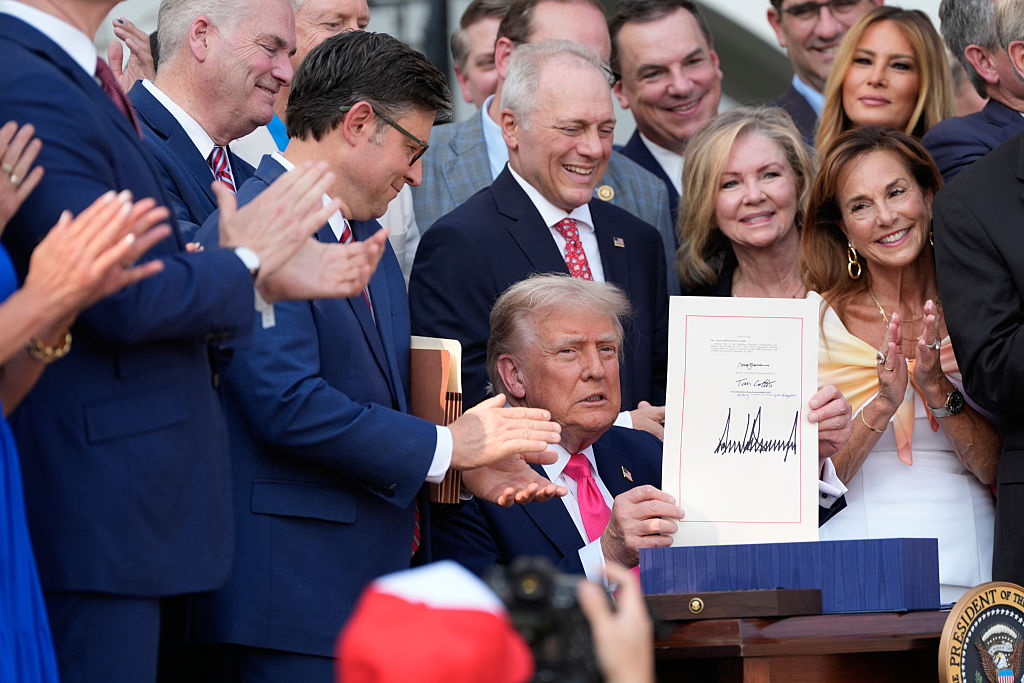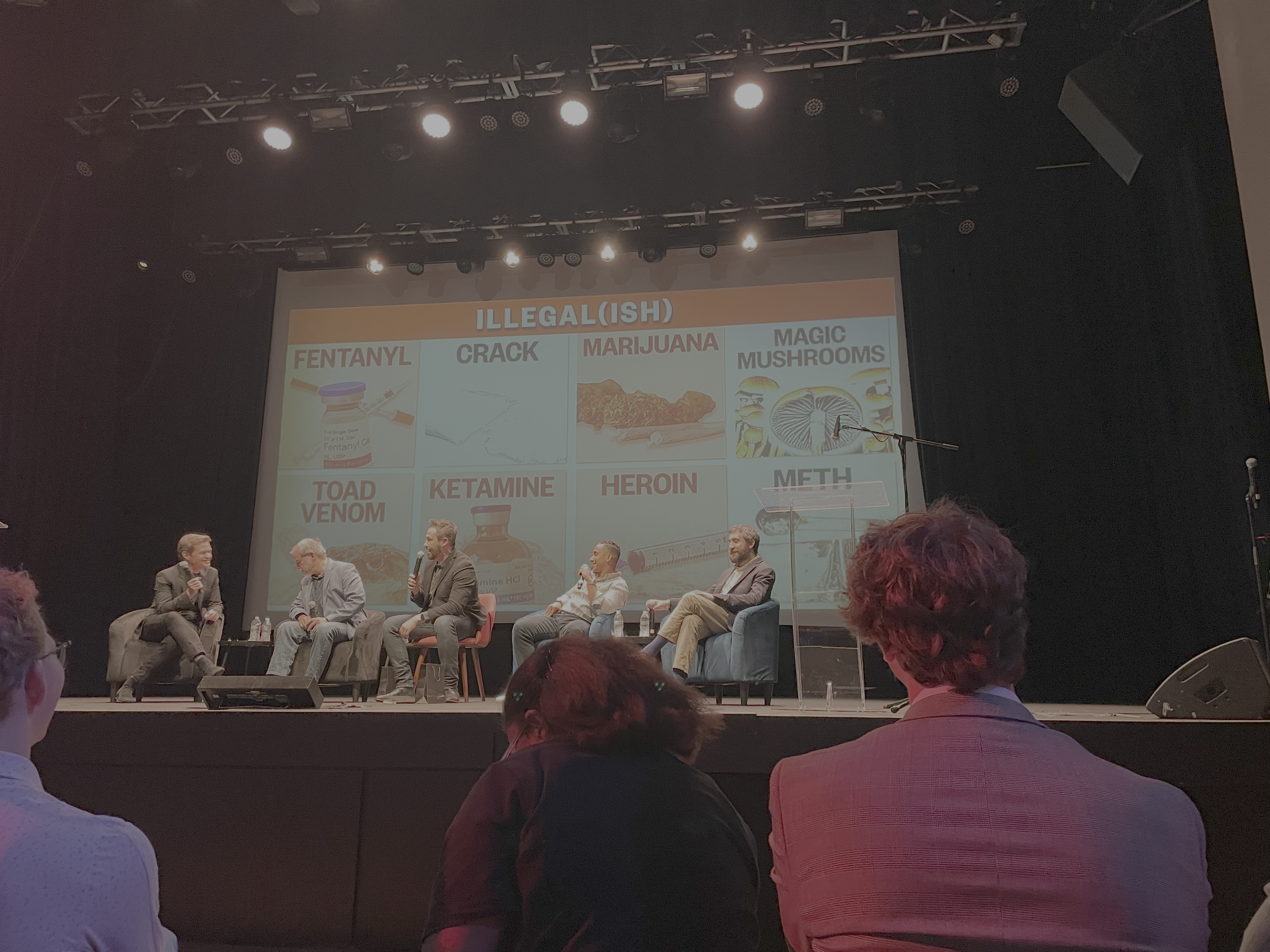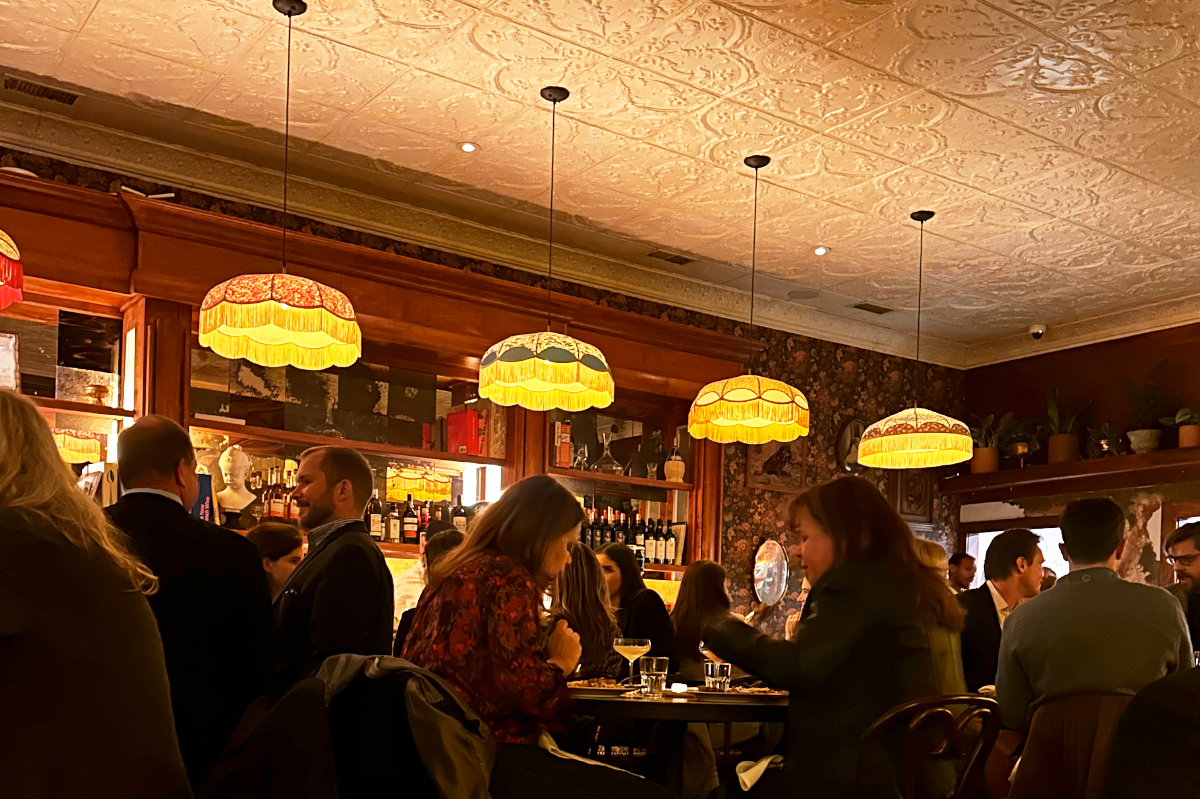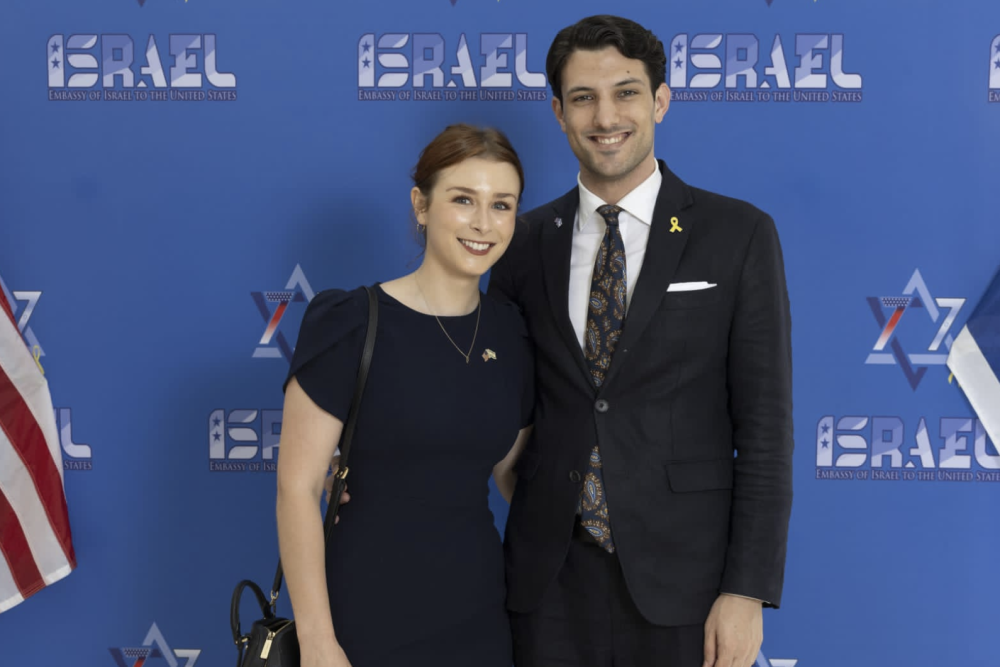This article is in The Spectator’s February 2020 US edition. Subscribe here.
Washington, DC has a proud jazz history: the birthplace of Duke Ellington where he made his first arrangements as a highs-chooler; the home of U Street, where joints like the Crystal Caverns and the Howard Theatre hosted Louis Armstrong, Billie Holiday and Count Basie. Today, jazz holds out in a few spots on U Street and in select clubs such as Blues Alley. A relative latecomer, founded in 1965 near M Street in the heart of hoity-toity Georgetown, Blues Alley touts itself as ‘the nation’s premier jazz and supper club’. Despite a menu featuring such delicacies as ‘McCoy Tyner’s Blackened Catfish’, the supper part can safely be labeled as hearty, but no more. The music, however, is another matter.
Blues Alley deserves the overworked term ‘intimate’, with its crowded tables, low stage and low ceiling. The performers have included pianists from Earl ‘Fatha’ Hines, who spent a week making a film for British television here, to the Jamaican jazz titan Monty Alexander. So it was with no small amount of anticipation that I ventured over to Blues Alley to hear another keyboard colossus, Cyrus Chestnut.
Chestnut, who’s two years older than Blues Alley, is a local boy made good. He grew up in Baltimore, where his father worked for the post office and played piano in church. Cyrus was raised on gospel music by his pious parents, but also on Jimmy Smith and Thelonious Monk. Chestnut doesn’t really rock it out as viscerally as Smith, the emperor of the Hammond organ, did on albums like Root Down (1972), but his playing suggests influences from Horace Silver and Oscar Peterson to James P. Johnson and Art Tatum.
Listening to Chestnut as he zooms around the keys can be a vertiginous experience. He couples classical training from the Peabody Institute with real dynamism. Double octaves, wild arpeggios and glissandos, a hefty tone and a delicate touch, seamless shifts from gospel to samba rhythms — Chestnut is a powerhouse of a pianist who can really bring it on.
He recorded several albums in the 1990s, including the Monk-ish Revelation (1994) and the often Tyner-inflected The Dark Before the Dawn (1995), which hit number six on the Billboard jazz charts. His breakout was the propulsive Soul Food (2001), which had an all-star cast of accompanists like Marcus Printup, Christian McBride, Wycliffe Gordon and James Carter. The eponymous opener is straight-ahead Blue Note hard bop, a sonic delectation from the school of Horace Silver and early Herbie Hancock.
Since then Chestnut has drawn on his classical training to probe some boundaries. At Blues Alley, he zoomed around the genres, with Eric Wheeler on bass and Chris Beck on drums keeping pace. Chestnut cocked an ironic eyebrow at the audience as he announced that the evening would begin with Debussy. The audience laughed nervously. Then Chestnut launched into a dazzling rendition of Debussy’s ragtime-inspired ‘Golliwog’s Cakewalk’ (1908). Th e i n t e r p l a y w i t h Wheeler and Beck was spot-on, their timing never less than immaculate and making for a surprise when they paused for a split second before hitting a crescendo.
Chestnut then fired up the crowd with a jolting rendition of Andy Razaf and Don Redman’s ‘Gee Baby, Ain’t I Good To You’, first recorded by McKinney’s Cotton Pickers in 1929 — a potent reminder that Chestnut, who quoted from jazz standards all night, knows the American songbook cold. He certainly was good to us on this old, well, chestnut. Attaining raucous, soaring heights, he sounded like he was performing his personal Operation Rolling Thunder, the cascading triplets pouring out of the piano coupled with a barrage of thunderous block chords. It was difficult not to gasp at some of Chestnut’s prodigious runs, redolent of classic Oscar Peterson or Art Tatum.
More contemplative, even calculated to induce something of a noetic state, was his rendition of Erik Satie’s ‘Gymnopédie No. 1’ (1888). A hush descended as the trio, rarely exceeding mezzoforte, explored Satie’s exercise with Beck’s brushwork an elegantly sinuous background to Chestnut’s nimble right hand. He also offered up a brand-new composition called ‘The Lone Jazz Warrior’, telling us, ‘You will decide its fate. If you enjoy it scream like you never have before.’
‘One thing that’s often said about me is, “Oh, he’s soulful, he’s swinging, he plays this gospel stuff,”’ Chestnut writes in the notes to his latest album, 2019’s Kaleidoscope. ‘Please don’t get me wrong — I appreciate that. But that’s not all that’s in me.’
Indeed. Seated next to me was a genial young couple from out of town who had been bar-hopping that evening and described themselves as ‘two galoots’ who really didn’t know anything about jazz. ‘Who is he?’ they asked me. By the end of the night, Chestnut’s kaleidoscopic powers had them cheering as lustily as the rest of us.
This article is in The Spectator’s February 2020 US edition. Subscribe here.



